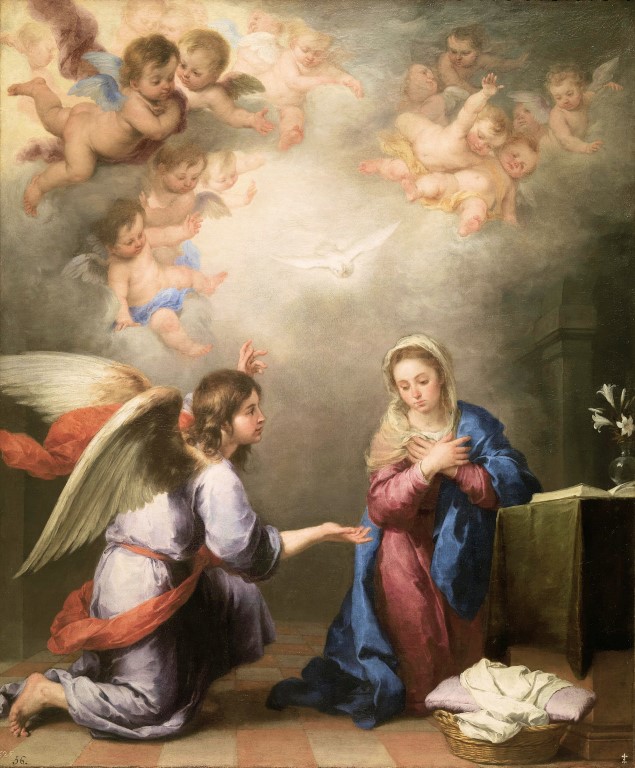Hippolytus and Eucharistic Prayer II
 When I was a student in Rome, I remember going with a priest for Mass in one of the ancient Churches. The priest said that he was going to use Eucharistic Prayer II because it was the most ancient of all the prayers and was specifically Roman, composed by Hippolytus. This was the standard view at that time (early 1980s) but has since been called into question. A number of people have recently mentioned the matter to me and so here are a few notes for you.
When I was a student in Rome, I remember going with a priest for Mass in one of the ancient Churches. The priest said that he was going to use Eucharistic Prayer II because it was the most ancient of all the prayers and was specifically Roman, composed by Hippolytus. This was the standard view at that time (early 1980s) but has since been called into question. A number of people have recently mentioned the matter to me and so here are a few notes for you.In the 19th century, a number of ancient texts were discovered that were similar to the "Apostolic Constitutions", (of which the first modern edition was published in 1563). Among these texts was a document which came to be referred to as the “Egyptian Church Order”. In addition, the Canons of Hippolytus and the Testamentum Domini were discovered.
The scholarly consensus in the early 20th century on the dependence of these documents was that the “Egyptian Church Order” was in fact the "Apostolic Tradition" of Hippolytus, originating from Rome, that it was the earliest document, and the source of the others.
More recently, a number of scholars have questioned this consensus. Notably, Bradshaw et al. report the work of Metzger and extend it, saying of the "Apostolic Tradition" that:
We judge the work to be an aggregation of material from different sources, quite possibly arising from different geographical regions and probably from different historical periods, from perhaps as early as the mid-second century to as late as the mid-fourth.We need therefore to be careful about asserting too readily that the "Apostolic Tradition" is Roman, that it is our earliest liturgical source, that it is by Hippolytus and so on. The origin, authorship and dating of the document is not established with the certainty that would enable us to draw safe conclusions as a solid basis for practical liturgical proposals.
(Bradshaw, P., Johnson, M., & Phillips, L. The Apostolic Tradition. A Commentary. Fortress Press. Minneapolis. 2002. page 14)
The reserve and caution in judgement of Bradshaw et al. contrasts with Vaggagini’s assertion that
“The anaphora of Hippolytus… would seem to give us the usual structure of an anaphora in the early Church”Moreover, the text relied upon by those who composed the post-1967 liturgies was the reconstruction of Botte. While generally highly regarded,
(Vaggagini, C. The Canon of the Mass and Liturgical Reform Geoffrey Chapman. London 1967 page 25)
“it gave the misleading impression that the reconstructed translation could be taken with confidence as reflecting what the author originally wrote, whereas any reconstruction involves a large number of subjective judgements, as well as the assumption that there was once a single ‘original’ text from which all extant versions derive.”If the text from which Eucharistic Prayer II has been drawn up might be as late as the mid-fourth century, that does not give it any superiority to the Roman Canon, even were we to assume that archaeologism was a good way to construct liturgies. Parts of the Roman Canon are quoted by St Ambrose in the De Sacramentis establishing that it is, at least in part, of similar vintage.
(Bradshaw et al. op cit page 12)
In addition to Eucharistic Prayer II, the form (the words essential for validity) of the new rite for the ordination of a Bishop were taken from the "Apostolic Tradition", presumably on the same understanding that they were by Hippolytus.
(The forms for the ordination of priest and deacon have remained the same in the new rite as they were in the old Pontificale. Interestingly, though, in the ordination of a priest, the words "secundi meriti munus" (office of the second rank) have been rendered "co-workers with the Bishop" by ICEL, gratuitously introducing a theological idea that was popular at the Council but not present in the ancient text.)


